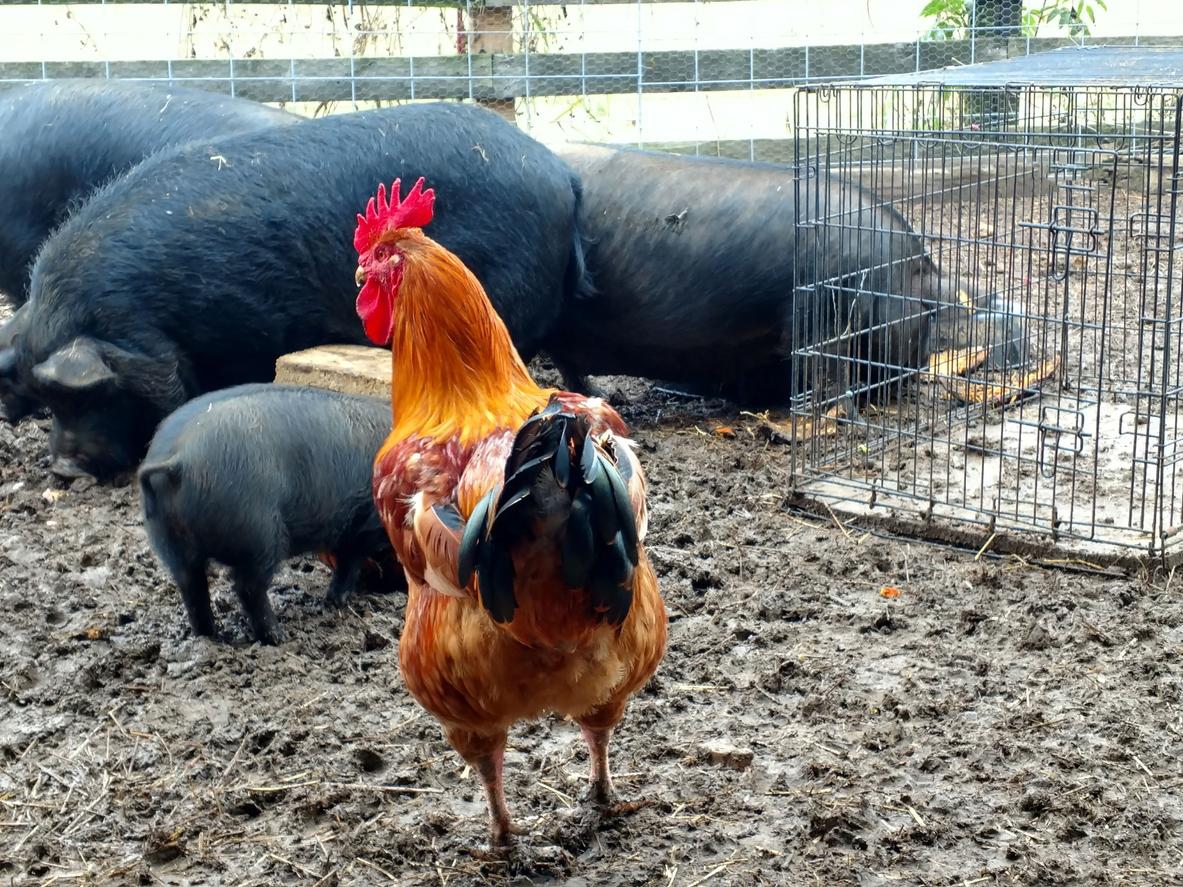The recent announcement by the United States Department of Agriculture (USDA) regarding two additional outbreaks of H5N1 avian influenza highlights ongoing concerns about the virus's impact on both animal health and public safety. This highly pathogenic avian influenza (HPAI) strain has been detected in multiple states, raising alarms among agricultural officials and public health experts alike. The USDA's proactive measures aim to monitor and contain the outbreaks, which pose significant risks to domestic poultry populations and could potentially extend to other species, including humans.
In a statement from the US Department of Agriculture (USDA) Animal and Plant Health Inspection Service (APHIS), officials said the farm is located in Crook County in Oregon, which has a mix of poultry and livestock, including five pigs. The quarantined location also has sheep and goats.
When H5N1 emerged in dairy cattle earlier this year, officials worried about potential spread to pigs, due to the impact on farming and food supply, but also because pigs are known to be a mixing vessel for zoonotic and human influenza viruses. However, it’s not yet clear if the pigs had systemic infection or if contamination on the farm led to positive nasal swab results.
The state also placed the farm under quarantine while other animals on the property are evaluated, and a regional quarantine is in effect around the egg producer. The 120-day quarantines give state and federal staff time to conduct surveillance to ensure no additional cases of bird flu exist, according to the Oregon Department of Agriculture.
The most recent outbreaks for the flock were discovered on Oct. 25 at the farm, making it the first confirmed case in Crook County. The outbreak in Clackamas County was confirmed on Oct. 23.
USDA officials said the infection occurred in a farm not destined for commercial food production and that there is no risk to the nation’s pork supply. All five pigs, along with the poultry on the farm, were euthanized for additional testing. Results for two pigs came out negative, while the others are pending, officials said.
Meanwhile, the farm is under quarantine and other animals like sheep and goats are being closely monitored for symptoms, the USDA said.
Pigs were the source of the 2009 H1N1 pandemic — also known as swine flu— and are capable of harboring different types of flu viruses.
Read more
Star cricketer's home robbed while his wife and kids were inside. Iowa city is finally letting kids trick-or-treat tonight — after more than 85 yearsSarah H
Also on site :
- The Kardashians’ luxurious Easter baskets include a $900 designer purse
- The Last of Us’ Abby voice actor says HBO was wise to change controversial death after backlash
- The simple morning habits you should do to start your day, according to experts

